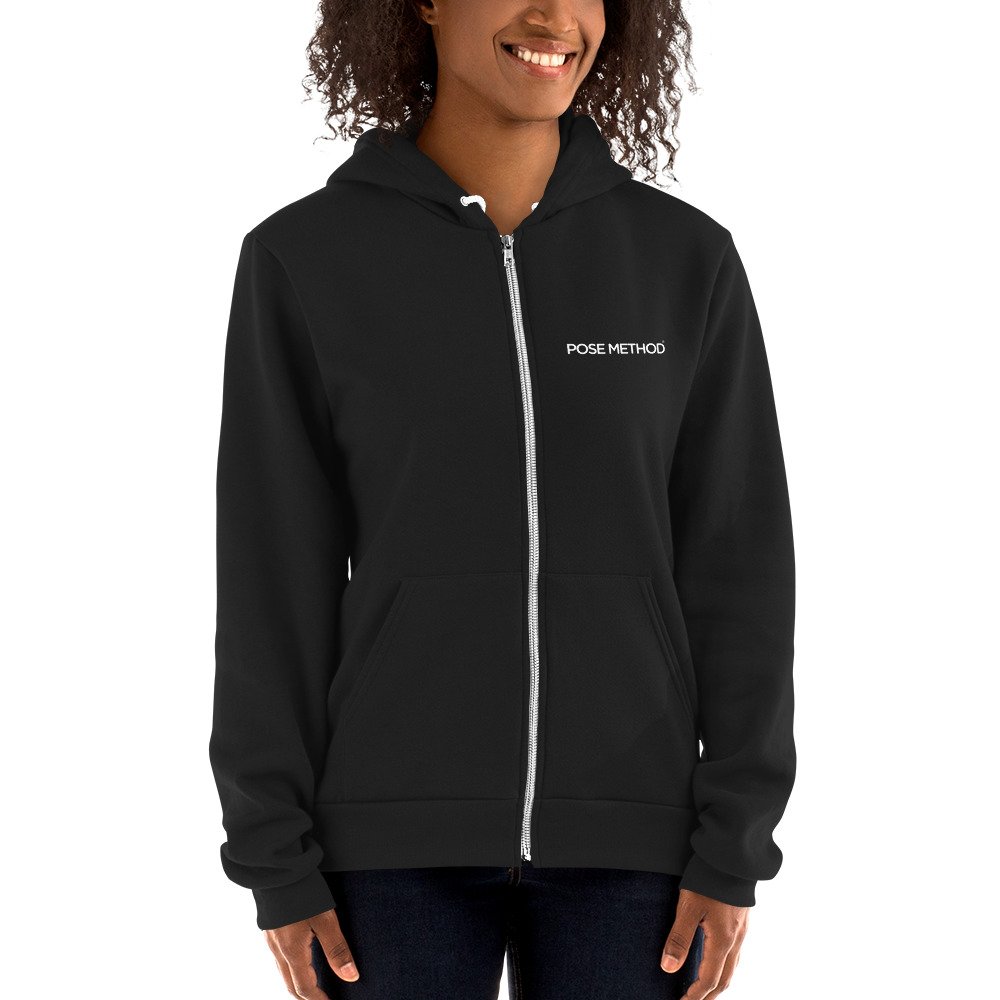Technique: Head Position When Running
The head position is a crucial point in making the muscular system of the whole body engaged in a specific way. It could be more efficient or less efficient and balanced depending on the head position orientation. As a consequence, the movement of the body could be more efficient and better balanced or not.
Head
The reason for this influence lies in the anatomical and physiological structure of the head. With such organs as vestibular apparatus in the ears and cerebellum, directly defining and regulating the body’s position in space, the head has an exceptional influence on any movement. This regulation is accomplished by and through muscular work. First of all, through the neck’s muscles, which provide balance of the head, and extend their influence on the rest of the muscular system of the body.
The importance of this regulation of movement comes from very simple things. One of them is the relation of the body with support. What we call a balanced position of the body is actually the position of the body on support. It is a fundamental characteristic playing an undeniably important role in movement. Muscle work happens in the most efficient way when the body weight is on directly on support.
The head position is directly involved in this regulation and therefore defines all the muscular connections and movement of the body. When the head deviates from a proper position (tilts left or right, back or forward) then muscles engage in a wrong coordination and the body shifts from the support. That means that the movement of the body deteriorates as well.
These seemingly simple and obvious relations are violated very often. It most likely comes from having a blurry perception of the head position stemming from general unawareness of the body and weakness of the neck muscles, etc. Majority of people that enjoy running could do very well by going back to basics and sorting out their postural alignment when standing and walking.
Eyes
Our eyes exert tremendous influence on our head and body position as well. A common question and sometimes a point of contention is how far ahead are we supposed to look. Is it 5, 10 or more meters ahead or all the way to the horizon? What is the optimal length of our eyes’ focus? Opinions on this matter vary quite a bit, with many different suggestions based on different ideas, but all of them have only anecdotal evidence and very weak theoretical base.
The look of the eyes making your head position efficient isn’t related with any fixation on anything or any distance ahead. Instead it is related to perception. In martial arts this look is called: “you look, but do not see anything”. You should be ready to perceive information, but be not fixed on it. It allows you to keep the body position and muscular system in a ready condition.
Body Alignment
I guess it will be no surprise, if we say that the head position should be along the straight line going through the shoulder, hip and ball of the foot, providing for the body minimum muscular tension (just enough to keep the body at this position) perception of a stable balance and the pressure being on the ball of the foot.
This position is like that of the walking position of some tribal African women carrying heavy objects on their heads. This walking style is distinguished by smooth movement with low vertical oscillations of the body, allowing them to carry heavy objects for long distances. These women seem to carry themselves with outstanding posture and their movement looks very graceful.
These are small rules for the head position in movement and running that provide the foundation for efficient movement.



